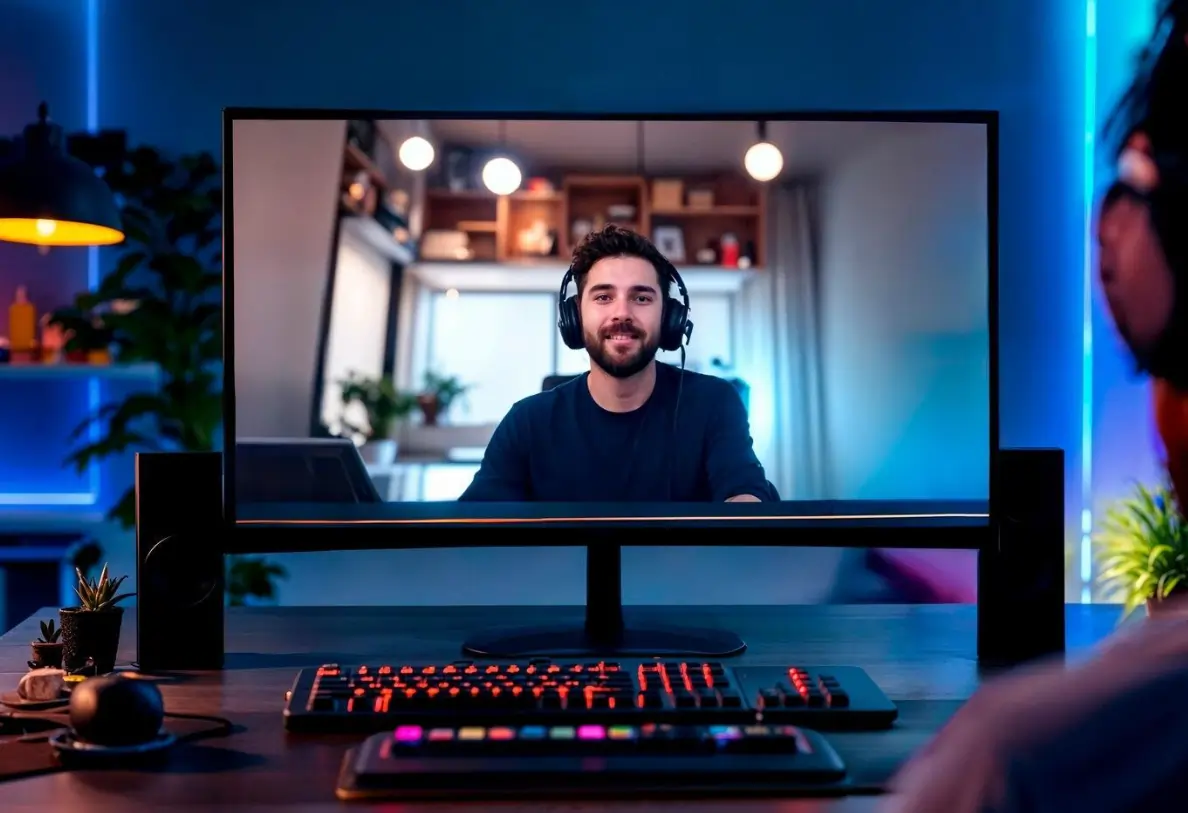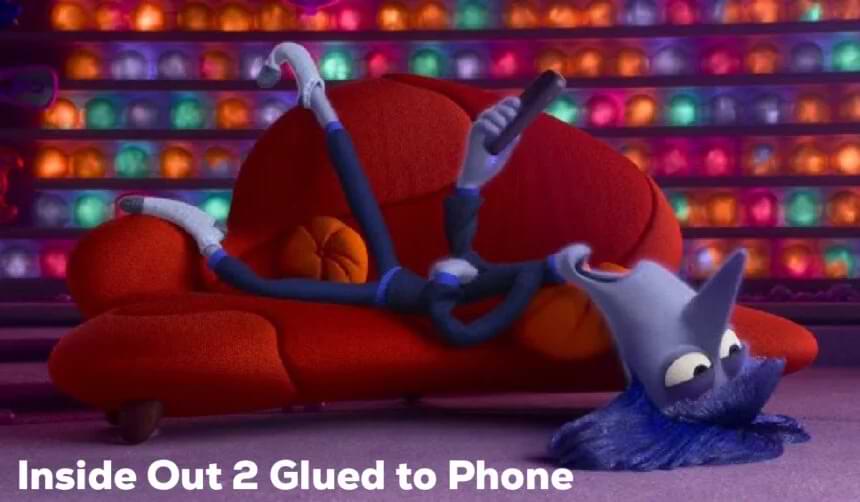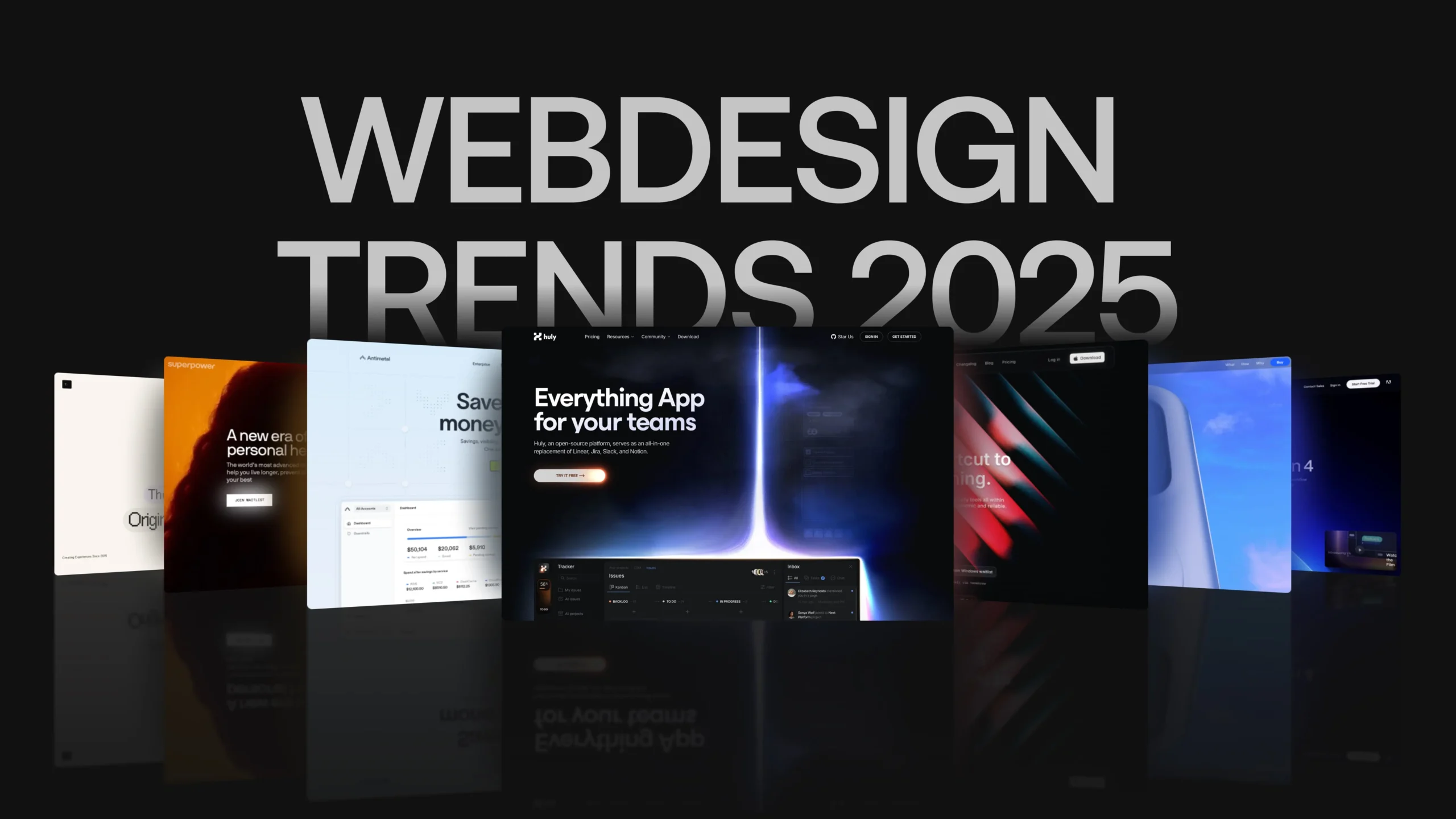Copyright stuff on YouTube can be confusing, especially if there are automated systems such as Content ID. You might be doing everything right by producing educational, transformative work, or even something that qualifies as fair use, and still get slapped with claims, demonetization, or video blocks. As a creator, you’re left with one big question: What rights do you have to protect your content?
This is where learning how to avoid copyright on YouTube becomes critical. Whether you’re using clips for commentary, remixing music, or reacting to pop culture moments, it’s crucial to understand how fair use and Content ID meet – and what to do when they clash. We’ve broken it down in this article so you can create confidently, minimize risks, and handle claims smartly.
What Is Fair Use?
It is a legal doctrine that permits using copyrighted material without the owner’s consent in some circumstances. Typical uses include:
- Commentary or criticism
- News reporting
- Teaching or research
- Parody or satire
The fundamental objective of fair use is to synthesize the rights of copyright holders with those of the general public to have access to freedom of expression, education, and creativity.
In the United States, courts generally look at four factors for deciding whether a use is fair:
- Purpose and character of your use (e.g., educational or transformative)
- Nature of the copyrighted work
- Amount and substantiality of what you used
- Impact on the original work’s market potential
Note: Fair use is a legal defense, not a right — only a court can decide it finally.
What Is Content ID?
What is YouTube Content ID? YouTube’s automated system checks uploaded videos for matches against a huge database of copyrighted content, supplied by rights holders, like music labels, film studios, and production companies.
If a match is identified, rights holders have the option to take action, such as:
- Block the video (completely or in certain countries)
- Monetize it by running ads
- Track it without taking action
This happens automatically, without manual review or fair use consideration.
The Conflict: Fair Use vs. Content ID
Here’s the issue: Content ID is not built to recognize fair use.
That means even if your video legally qualifies as fair use, it can still be flagged and penalized by Content ID. This can result in:
- Monetization being claimed by the rights holder
- Your video being blocked or removed
- A negative impact on your channel performance or visibility
And because the process is automated, creators often feel powerless, even when they’re in the right.
What Can Creators Do About It?
You can fight back — but you need to know the process.
1. Dispute the Claim
If you believe your use qualifies as fair use, you can dispute a Content ID claim directly within YouTube Studio.
Be clear, respectful, and explain how your use is transformative — i.e., how it can introduce new meaning, offer insightful commentary, or serve a different purpose from the original work
2. Appeal If Rejected
If the rights holder denies your dispute, you can file an appeal. This raises the stakes — they’ll need to file a DMCA takedown if they want to push back, which has legal consequences for false claims.
3. Avoid Unnecessary Risks
Even if you have a fair use case, using highly recognizable content (e.g., using music or movie scenes still increases the risk of your content being flagged.. Use royalty-free assets or edit in a way that transforms the material.
4. Add Context in Video and Description
You can strengthen your case by:
- Including voiceover or text commentary
- Citing the source and explaining your intent
- Mentioning fair use in your description
This won’t stop Content ID but helps if the case escalates. YouTube has taken small steps to support fair use creators, including:
- A Copyright Match Tool (for manual takedowns, not Content ID)
- Occasional legal support for select creators in high-profile cases
- Ongoing creator education around copyright policy
However, the system still largely favors rights holders, leaving many creators in a reactive position.
Best Practices for Creators in 2025
- Always transform the content — make it part of your message, not the message itself.
- Use brief clips only when necessary
- Provide commentary, education, or critique
- Stay professional during disputes and appeals
- Keep documentation, including where you sourced clips and why you believe your use is fair.
Related Post: https://ventsmagazines.co.uk/how-hubspot-consulting-can-transform-your-crm-strategy/
Final Thoughts
Fair use and Content ID live in tension — one is a legal idea, the other a digital enforcement system. As a maker, you gotta learn to move through both well. A good strategy is to understand how fair use works, plan your content carefully, and not hesitate to dispute the claims if you are right. Automated systems aren’t perfect, but informed creators have more power than ever to protect their work and keep creating.
Want to get paid without platform headaches? Tools like MC Pay, designed for YouTube creators, make tracking earnings easier, managing monetization, and staying focused on content, not copyright drama.




